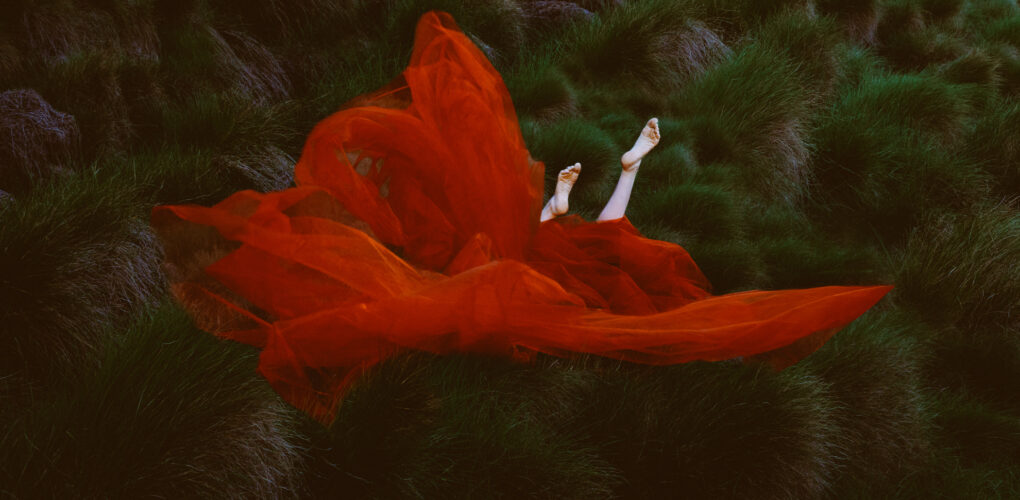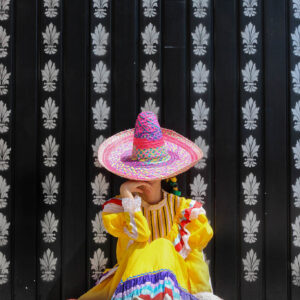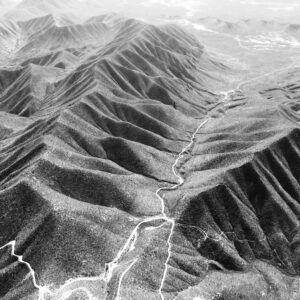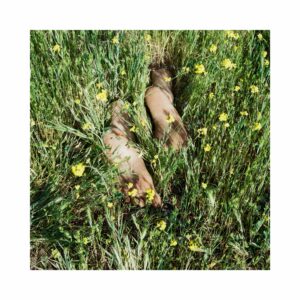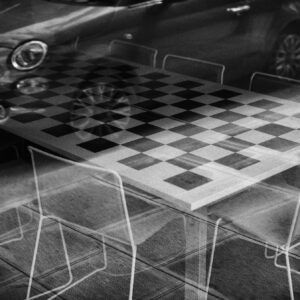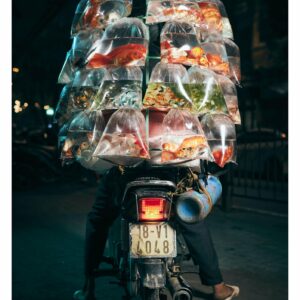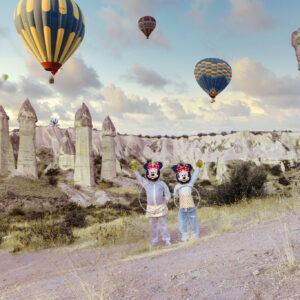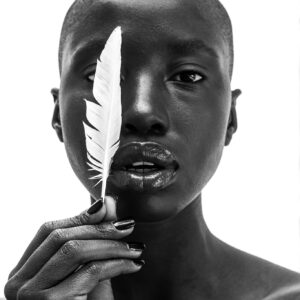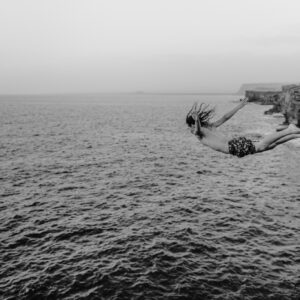How-To
How to Collect Photography
Photography is an art form as diverse as it is widespread, thanks to its accessibility and the variety of tools and techniques available. With a rich and relatively recent history of pushing the boundaries of art, photography persists as an exciting frontier for experimentation and expression. Read on to learn the magic behind this often mystifying medium.
History of the Medium

Photography has its roots in the camera obscura: Latin for “dark chamber,” this refers to a box (or entire room) with a small pinhole that allows rays of light to project an upside-down image from the outside onto the opposite wall of the chamber. While this phenomenon has been observed since ancient times, it wasn’t until 1826 that French inventor Joseph Nicéphore Niépce used a camera obscura to produce the first known surviving, permanent photograph. What followed was a technological boom.
In 1839, Niépce’s partner Louis Daguerre unveiled the quicker daguerreotype photo process, which yielded a crisp, one-of-a-kind image on silver-coated copper. Meanwhile, in England, William Henry Fox Talbot developed the paper-based calotype process, which produced photo negatives that could be used to print multiple copies of an image. In 1888, George Eastman released the first roll-film handheld camera, the Kodak, putting the power to capture an image in the hands of the general public.
At the turn of the twentieth century, artists like Alfred Stieglitz and Henri Cartier-Bresson sought to elevate photography to fine art, using the medium to produce aesthetically conscious images. However, some of the most celebrated photographs were not created under the pretense of fine art photography but documentation. For instance, Dorothea Lange and Walker Evans worked with the United States government to document Americans affected by the Great Depression, capturing moving images that still resonate with audiences today. The boundary between fine art and vernacular photography (the use of photography in scientific, advertising, personal, and political settings) makes the medium an exciting instigator for conversations about what art can be.
Techniques & Terms
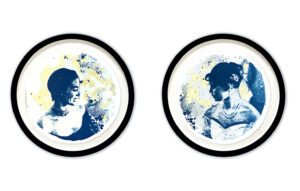
- Analog is a catch-all term for film as opposed to digital photography, which allows endless photos to be taken and easily edited.
- Black and white photos can be produced with film or digital techniques for a timeless style.
- Gelatin silver printing involves using fibrous paper coated with silver halides suspended in gelatin, a common process for black and white film photography in the twentieth century.
- C-Type, or chromogenic prints, are made from photo paper exposed to color negatives.
- Cyanotype photos use chemicals that create Prussian Blue images when exposed to light.
- Double-exposure refers to the superimposition of multiple exposures to create layered images.
Styles & Subjects
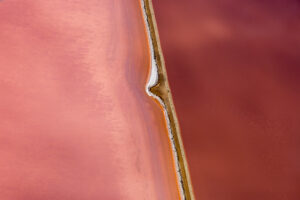
Photography invites artists to engage with the medium critically, largely due to its purported ability to capture objective reality. Conceptual artists like Jeff Wall use photography to question the very notion of a truthful image altogether, creating elaborately staged and highly edited photo montages that viewers register as real.
Also engaging with issues of bias and objectivity, many celebrated photographers like Nan Goldin and Carrie Mae Weems use the medium to explore identity and underrepresented communities through portraiture and figurative work. Beyond the human figure, photographers also experiment with nature and landscape photography—Ansel Adams was an early advocate for the artistic potential of landscape photography. Andreas Gursky, one of the highest-selling contemporary photographers in the world today, uses digital processes of manipulation to create imagined landscapes that defy perception.
Collecting Fine Art Photography
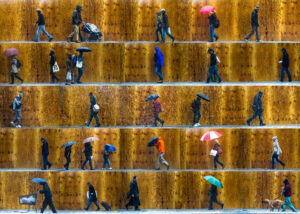
At Saatchi Art, we always advise you to buy what you love. Given photography’s immediate impact, falling in love with a photograph is easy—look for the subjects, places, and ideas you’re passionate about, and you’ll be sure to find photographs of them.
Photography is a great gateway medium for art collecting. Since they are often produced in editions, photographs can be purchased at accessible price points. Additionally, their production process offers flexibility in terms of size, scale, and the materials on which they are printed.
There are some practical considerations and terms to know so you can purchase the format that works for you:
- Paper: A classic go-to option, paper prints can be framed and matted.
- Paper prints can be printed in a range of finishes, including matte, glossy, or lustre.
- Giclée is a term often used to describe inkjet pigment-based printing on archival paper.
- Full-bleed prints are printed without a margin, and can be mounted to the edge of a frame for sleek, dramatic impact.
- Paper should be framed behind UV-safe glass, and displayed in low-humidity areas out of direct sunlight.
- Metal: Photos printed directly onto metal yield modern and durable displays that can range from matte to glossy in finish.
- Plexi-Mount: Prints mounted behind acrylic plexiglass also yield sleek, durable displays.
Ready to collect? Discover the next addition to your art collection today with Saatchi Art’s vast selection of original photography by emerging artists around the world, and contact our curators to learn more about custom photography options available.
Love reading about all things art? You can have articles from Canvas, curated collections, and stories about emerging artists delivered straight to your inbox. Sign up for the Saatchi Art Newsletter.
